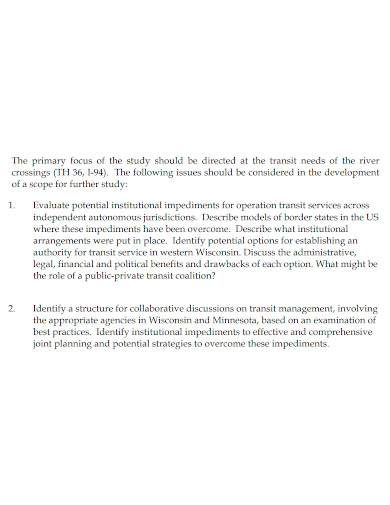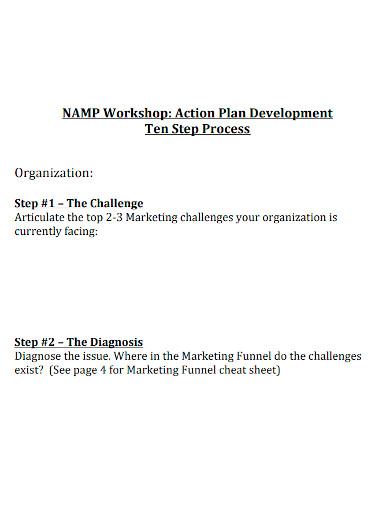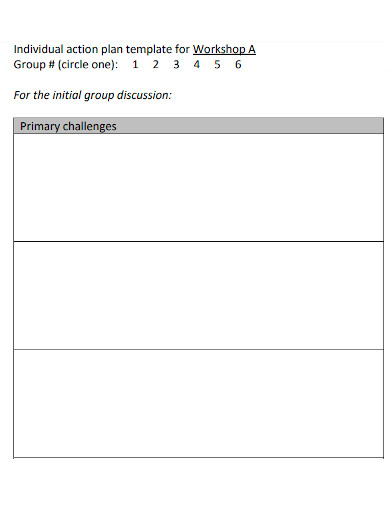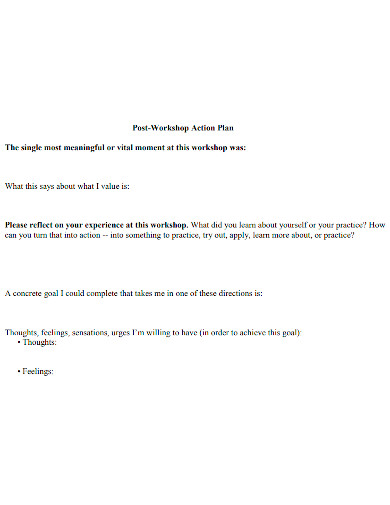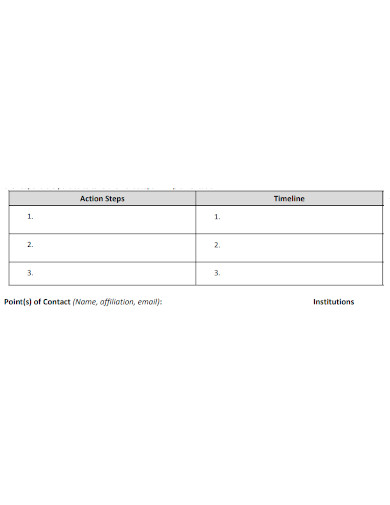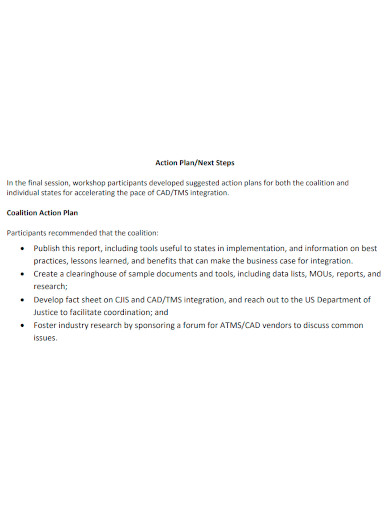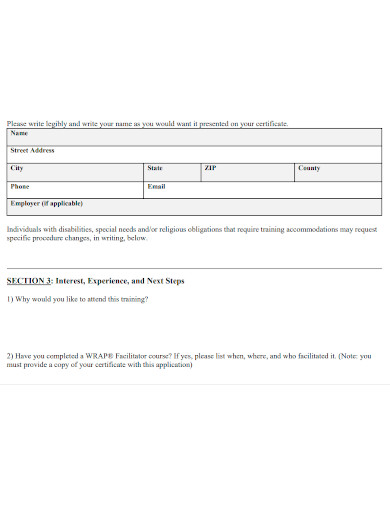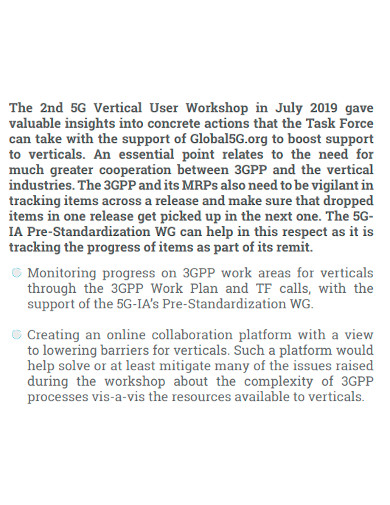Workshops has always been an integral part of global industries ever since the dawn on the Industrial revolution. It’s usually a set of rooms, a building, or any enclosed space that provides the tools and area needed to undertake industrial work. Workshops can be found in all sorts of places nowadays, from domestic spaces like houses and apartments, to multi-million companies and industries who want to experiment and just have a place for heavy duty repairs and machinery. Workshops may vary in industrial focus as well, from automotive repair or restoration, mechanical engineering, woodworking, metalworking, electronics, and a lot more. Regardless of focus, workshops need proper and careful management to be able to keep up with the company’s demands and provide a much better space for any industrial project a business may undertake.
Workshop operations, much like warehouses, play a huge part in the development of any company. That’s why it’s important to have a well established strategy and management to ensure an efficient operation. Workshop strategies involve a lot of decisions such as investments and operational costs that dictate the overall direction of its operations. Depending on the size, resources, and the nature of the projects that will be undertaken within the workshop, plans and strategies can look like a lot of different things. Regardless of such, it is still important to have a well established action plan. An action plan basically dictate the strategies that the workshop will take to ensure optimal capacity. A well written workshop action plan can easily improve the management efficiency of your workshop, ultimately increasing operational and production efficiency, reduce industrial costs, all the while keeping customer satisfaction on top. To get a proper grasp of what the document is and how it works, check out these workshop action plan samples listed below. Use these samples to study and as a guide for when you want to develop your own workshop action plan.
10+ Workshop Action Plan Samples
1. Workshop Action Plan Sample
2. Workshop Action Plan Format
3. Workshop Action Plan Development
4. Individual Workshop Action Plan
5. Post Workshop Action Plan
6. Transfer Workshop Action Plan
7. Integration Workshop Action Plan
8. Standard Workshop Action Plan
9. Formal Workshop Action Plan
10. Workshop Task Force Action Plan
11. Strategic Workshop Action Plan
What Is a Workshop Action Plan?
An action plan is a document that contain detailed, strategic, and specified guidelines for a certain project, project planning, business, or in this case, a facility. A workshop. Action plans can be used for the fulfillment of any venture regardless of shape, type, and scale. If you want your venture to be a success, then writing an action plan is the best step you can take. It’s basically a checklist for the things that you have to do in order to reach the goals that you have set. Workshop strategies involve a lot of decision making, that’s why an action plan is needed to keep everything on track and grounded. The contents of an action plan doesn’t have to be flashy and all over the place. It only has to be detailed enough for you and your team to immediately know the things that you have to do. Vagueness can only lead to more confusion rather than clarity. The document itself might not be much, but you have to realize that there is great power in having your whole team know where you’re going and how you intend to get there.
How to Write a Workshop Action Plan
Writing an action plan is not as easy as it may seem. There is a significant challenge in having to know what you want to do and then explain it concisely for everybody to understand. To make sure that the information you present in your action plan isn’t convoluted and the steps are actually doable and achievable, there are several key steps that you have to follow. These key steps will be discussed in more detail below.
- Define your goal
It is best to be perfectly clear of the things that you are aiming for. Diving into a venture blindly without a clear path to follow will only lead you to fail. Analyze the situation that you are in and explore possible solutions before even considering them. Apply strategies like the SMART criteria to ensure that your goal is properly screened and that it’s actually feasible and attainable. - List down the steps
Write a checklist of all possible steps that you may take. Give enough parameters to make sure that the steps will be done just as you intended, and that no processes will be skipped over during implementation and development. - Prioritize tasks and deadlines
After listing out the possible steps, reorganize the list depending on task priority and chronology. Prioritize the most labor and resource intensive tasks. Some steps may require precursor steps to be taken beforehand to be sure to take note of that as well. - Set milestones
Small victories ultimately build up to bigger ones. Setting milestones and celebrating them help keeping the team motivated by having something to look forward to even if the deadline is still far ahead. And it’s also nice just to give yourself a pat in the back once in a while. - Identify the resources needed
It is best to have everything you need already within reach. Making sure that you are well equipped just saves you a whole lot of time from encountering supply shortage mid-development, Don’t be complacent in gathering resources either, it is better to have more than what you need rather than having less. - Visualize your plan
Make sure that your plan clearly communicates the tasks and elements that you have identified, the potential risks along the way, the tasks that you need to accomplish, chain of command, deadlines, and a complete inventory of your resources. Visualizing the plan and its implementation can help you decide whether the goals and the tasks themselves are doable and feasible or not. - Monitor, Evaluate, Update
The writing process of an action plan does not end after putting it into paper. This is a live document, meaning that it is susceptible to change over time. Keep track of the team’s progress, as well as the plan itself. Evaluate if everything is working just as you intended, and update the plan whenever need be.
FAQs
What does SMART stand for?
Specific. Measurable. Achievable. Realistic. Timely.
What makes a good action plan?
A well written action plan outlines all the necessary steps needed to achieve the goals set by you or the management.
What are action steps?
An action step refers to the specific strategies that are tailored to the goals that you aim to reach. Basically the steps inside of an action plan.
A well rounded strategy paired with a well written action plan should keep your warehouse at its optimal operation status. It’s like a well-made path that you and your team can take for maximum facility efficiency.
Related Posts
FREE 10+ Root Cause Corrective Action Plan Samples in PDF
FREE 10+ Customer Service Action Plan Samples in MS Word | Google Docs | Apple Pages | PDF
FREE 10+ Daily Action Plan Samples [ Sales, Marketing, Emergency ]
FREE 10+ Healthcare Corrective Action Plan Samples in PDF
FREE 10+ Manufacturing Corrective Action Plan Samples in MS Word | Google Docs | Apple Pages | PDF
FREE 10+ Project Corrective Action Plan Samples in MS Word | Google Docs | Apple Pages | PDF
FREE 10+ Business Corrective Action Plan Samples in PDF
FREE 10+ Audit Corrective Action Plan Samples in MS Word | Google Docs | Apple Pages | PDF
FREE 10+ Incident Corrective Action Plan Samples in MS Word | Google Docs | Apple Pages PDF
FREE 10+ Remediation Action Plan Samples in MS Word | Google Docs | Apple Pages | PDF
FREE 10+ Assessment Action Plan Samples in MS Word | Google Docs | PDF
FREE 10+ Workplace Emergency Action Plan Samples in MS Word | Google Docs | Apple Pages | PDF
FREE 10+ Business Emergency Action Plan Samples in MS Word | Google Docs | Apple Pages | PDF
FREE 10+ School Emergency Action Plan Samples in MS Word | Google Docs | Apple Pages | PDF
FREE 10+ Event Emergency Action Plan Samples in MS Word | Google Docs | Apple Pages | PDF


